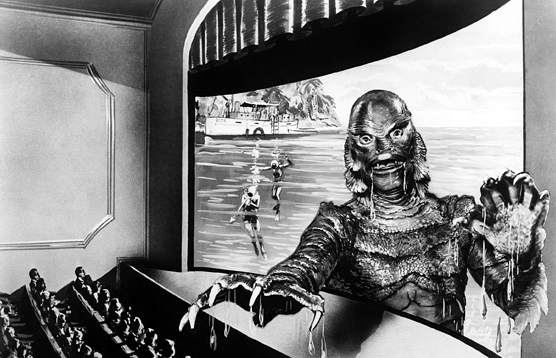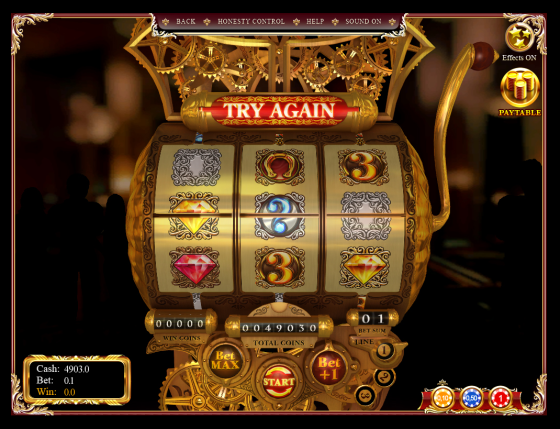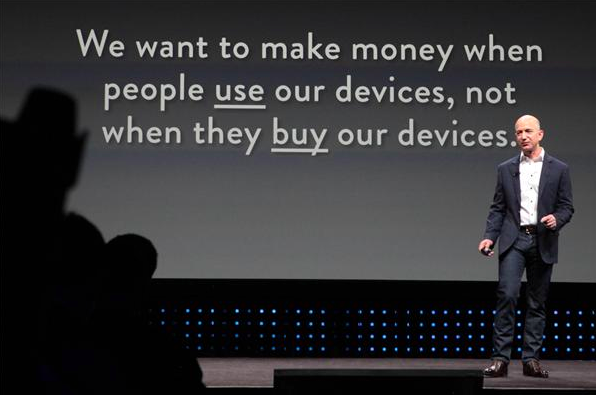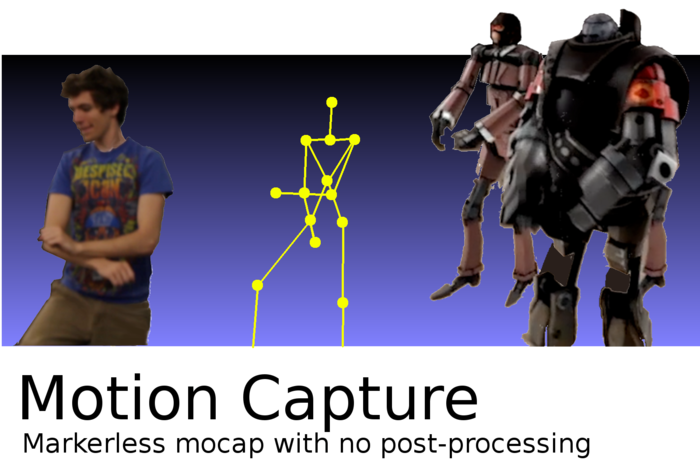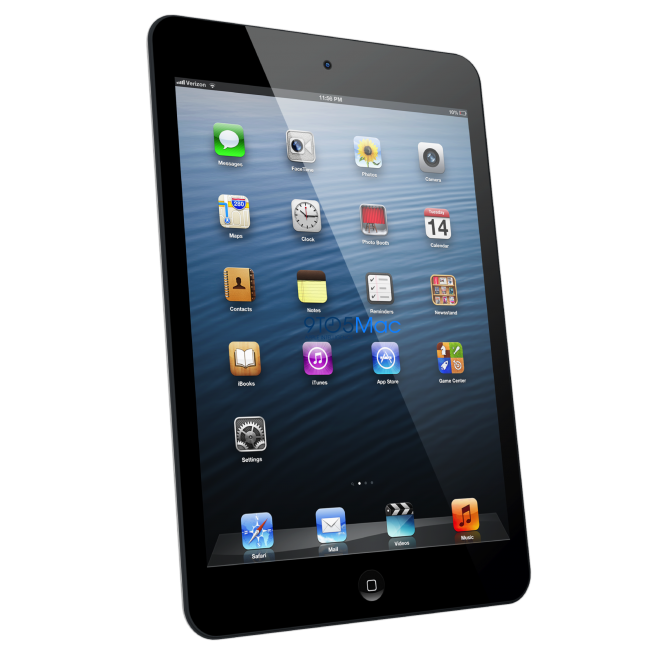3D printers are all the rage at the moment even if they are still largely out of reach for most consumers due to the high prices of the printers. Whilst they are coming down in price with devices such as the ultimaker 2, for the majority of us a decent 3D printer will be a few years off yet. For those who want to take advantage of 3D printing without having to invest in a printer there are various online services allowing you to submit your designs to be printed and then mailed to you when completed. It seems that supermarkets have also seen the potential and benefits of offering a 3D printing service too.
Asda began trialling a 3D printing service before Christmas after completing a year and a half worth of testing. The service has now gone on tour and is now working its way around stores in Great Britain. Sadly you can't actually book a slot but you can see a schedule for where the printing service will be on a particular date by visiting Asda’s Photo Site. The service is reasonably quick and simple much like the existing photo booths currently available in most stores.
Currently the only service offered is a 3D figurine of yourself or a friend or family member. The process involves one of Asda trained employees walking around you with a handheld scanner in order to generate and stitch together the data for the 3D model. Whilst this is a reasonably quick process you do need to remain reasonably still so this may not be suitable for young children at the moment. After the images have been captured and digitally stitched together to create just one single image file it is then ready to be printed. Currently the printing and painting process is not done in store however you don't have to wait too long as the figurines are ready and delivered within a week.
The service currently starts at a cost of £60 and can be scaled up in size for a higher price, and when compared to the cost of other similar services it's very reasonable though you do have to wonder at the benefits of a 3D printed figurine of yourself. It will be interesting to see how this service progresses and whether it's rolled out across all stores. Considering its a first for a supermarket to offer such a service Asda have done a great job and the months of research have obviously paid off.


